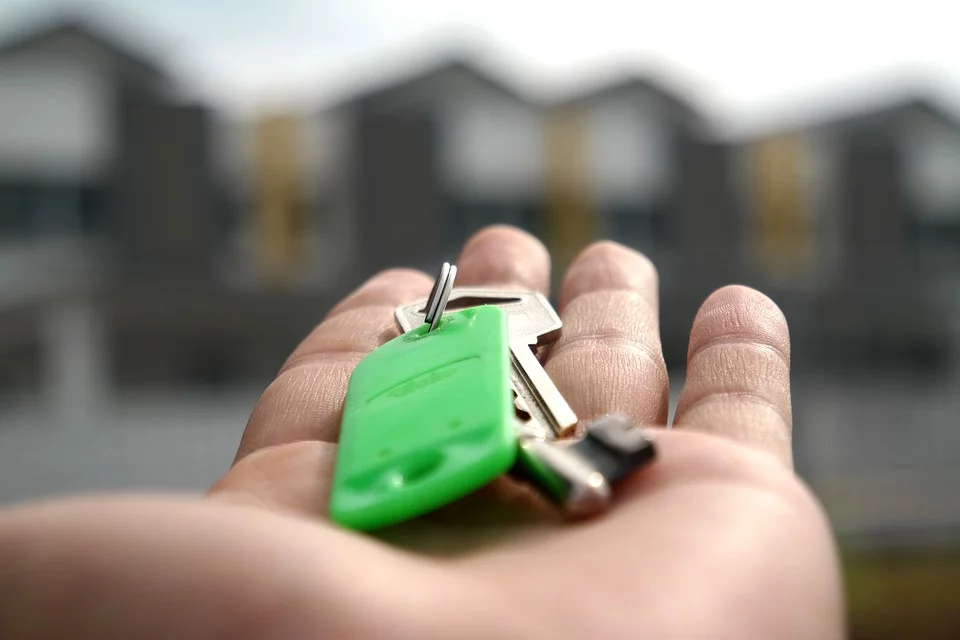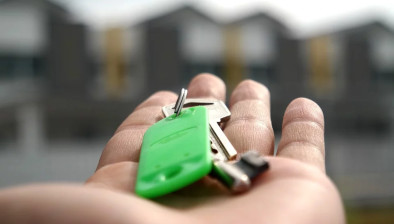Scottish house prices rise by 11.2%
House prices in Scotland increased by 11.2% in March, according to the latest house price index released by Walker Fraser Steele.

The average house price in Scotland at the end of March 2021 stands at £207,083. This is £20,800, or 11.2%, higher than at the end of March 2020.
This is the first time that Scotland’s annual rate of house price growth has been in double digits since December 2007.
In March 2021, all 32 of the local authority areas in Scotland have seen an increase in prices over the last twelve months – again, not observed since 2007.
The index, produced by Acadata for Walker Fraser Steele, has also revealed that all 32 local authority areas have seen prices rise over the last twelve months.
In March 2021, the highest annual increase in prices of the 32 local authority areas was in the Orkney Islands at 25.7%. This increase was assisted by the purchase of the Islands’ most expensive property of the last twelve months, for £445,000, being a semi-detached home with two cottages attached, which are currently used for holiday lets.
On the mainland in March, the highest annual increase in prices was in Glasgow, up by a remarkable 19.8%. All property types in Glasgow have seen price increases over the last twelve months, with the highest rise being terraced homes, with average values climbing from £175k in March 2020 to £215k one year later. The increase in terraced prices in Glasgow was assisted by the purchase of a home in Park Circus, near Kelvingrove Park, valued at £1.7 million – the second-highest price paid for a terrace in Glasgow over the last twelve months.
In March, on a weight-adjusted basis - which takes into account both the percentage change in prices and the number of properties sold - the cities of Glasgow and Edinburgh collectively accounted for 31% of the uplift in Scotland’s average house price over the last twelve months. Indeed, if we add the Highlands, South Lanarkshire, Fife, and Perth and Kinross to these two cities, then we have explained 54% of the increase in prices that has taken place at the national level over the last year.
In both Glasgow and Edinburgh, it is the price of flats that has had the largest influence on prices over the last twelve months, with Glasgow flats up from an average £140k in March 2020 to an average £167k this March, while in Edinburgh the equivalent figures are up from £241k to £262k.
At the other end of the scale, the two local authorities with the lowest price increases over the last twelve months are Aberdeen City, up 2.2%, and East Dunbartonshire, up 5.0%. In Aberdeen City it is the price of flats that has taken the largest fall, down from an average £121k in March 2020 to £115k in March 2021.
In East Dunbartonshire, the price of detached homes has seen the largest fall over the last twelve months, down from an average £464k in March 2020 to £438k in March 2021. However, in this example it was the 2020 average price that was exceptionally high, assisted by the purchase of a £1.2 million home, in Milngavie, located 6 miles to the north-west of Glasgow. It remains the third-highest priced detached home in East Dunbartonshire purchased over the last twelve months. With no similarly priced homes selling in 2021, the average price in this latest year has fallen.
The index also found that transactions in the first quarter of 2021 are 19% higher than those recorded in Q1 2020.
Walker Fraser Steele said that the recent LBTT holiday, announced in July 2020, may well have incentivised many to purchase more expensive homes, spurred on by the desire to relocate to larger homes with more space.
There were 210 sales in Scotland in Q1 2021 equal to or in excess of £750k, which almost doubles the number that took place in each of the prior six years, with the exception of 2015 which was distorted by the introduction of the LBTT in Scotland’s housing market.
The firm said it will be interesting to see whether the ending of the more recent LBTT holiday in Scotland - at the end of March 2021 - will affect the number of high-value sales that take place during the summer of 2021.
John Tindale, Acadata senior housing analyst, said: “In March 2020 - at the start of the first lockdown - we saw the rate of growth in house prices begin to fall, with this slowdown in price growth continuing until May in Scotland, and until June in England and Wales.
“Prices since June 2020 have been climbing for both series: at a steady pace in England and Wales, but with perhaps a small degree of hesitation in Scotland, around August and September 2020. Both series have seen almost identical rates of growth from December 2020 through to February 2021, with Scotland climbing in March 2021 with rates of 11.2%, to finish ahead of England and Wales at 9.8%.
“One might ordinarily consider house price growth of 11.2% to be extremely high, but looking at the 11 GOR areas in Great Britain, Scotland would be ranked eighth in terms of growth, behind the North West (15.7%), the North East (12.6%), plus five others, but ahead of the East of England (8.7%), the South East (7.6%) and Greater London (3.3%).”
He added: “So why are house prices racing ahead in almost all areas of Great Britain? Our list of possible reasons include the following:- the pent-up demand for housing developed in late 2019 due to the prolonged Brexit negotiations, the historically low interest rates which have made homes more affordable, the savings accumulated in lockdown, the lifestyle changes associated with a move to more spacious premises and of course the temporary stamp duty holiday.
“To this we can add the fact that in Scotland there has been a shift to a higher proportion of detached properties being sold, which has raised the average price being paid for a home in most local authority areas.”









